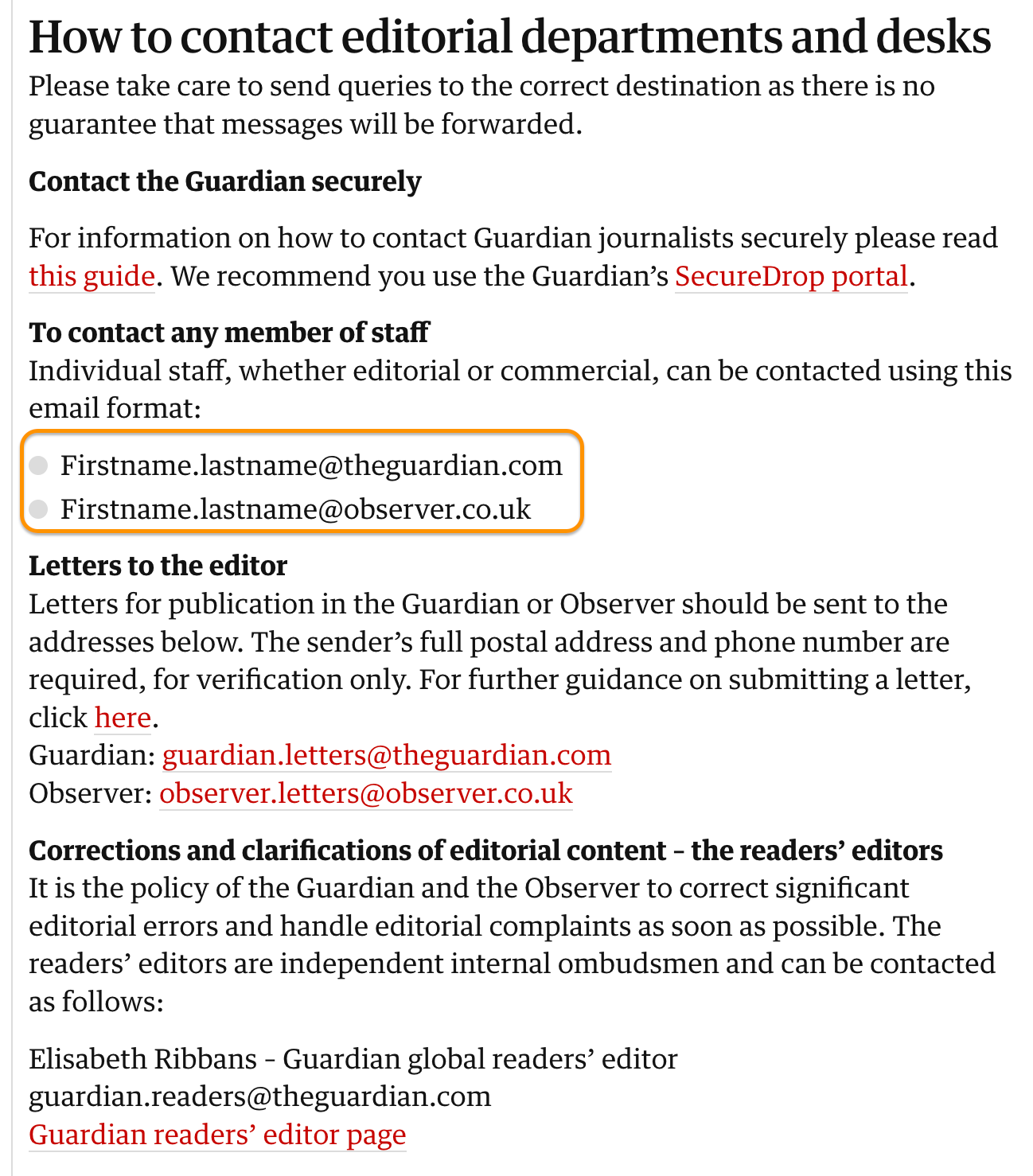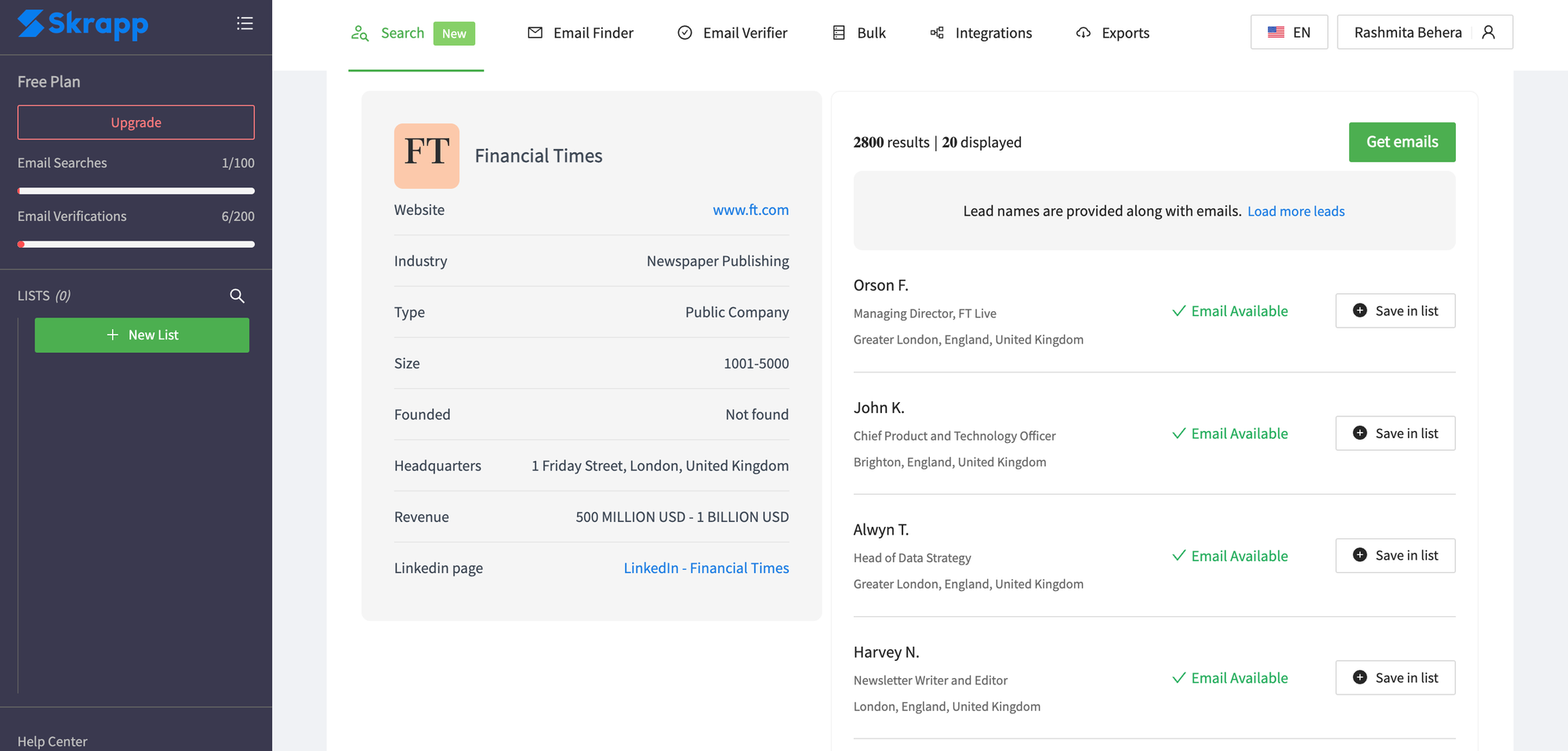How to Find the Publisher of a Website: 7 Easy Ways

When you visit a website, whether for research, business, or outreach, you may need to know how to find the publisher of a website. This information can help you verify credibility, cite sources correctly, or reach out for collaboration.
There’s no single place where all websites list their publisher, but there are several ways to track it down. You can check the About or Contact pages, look at WHOIS domain records, or use online tools to uncover ownership details.
In this guide, we’ll walk through seven free and easy ways to find the publisher of a website in 2025, including practical examples and tools to make your search quick and effective.
1. Check the About Us Page
The most straightforward way to find the publisher of a website is by visiting the "About Us" page. Most reputable websites have this section where they provide detailed information about their mission, history, and the team behind the content.
Example: If you visit the Company page of The New York Times, you’ll find information about the publisher, the editorial team, and the newspaper’s history.

2. Look for the Contact Information
Another way to discover the publisher is by checking the contact page. Websites often list the publisher's name or the organization responsible for the content in the contact details, along with email addresses and phone numbers.
Example: On The Guardian’s contact page, you can find various contacts for editorial, advertising, and other departments, which may give you a clue about the publisher.

3. Using a Company Search and Email Finder Tool
A company search and email finder tool like Skrapp can provide valuable information about a publisher and their website. With Skrapp, you can access details about a company's team members, including their names, designations, and email addresses.

Example: Using Skrapp Company Search to search for domain-related emails can often lead to identifying the publisher or main contact person, making it easier to reach out for collaboration.
4. Use WHOIS Lookup Tools
WHOIS databases are a treasure trove of information. They store registration details about domain names, including the name of the registrant, which is often the publisher.
Tools like Whois.com and ICANN WHOIS and Atom's WHOIS tool allow you to search for this information
Example: By entering a domain name in the Whois.com search bar, you can find out who registered the domain, their contact details, and the date of registration.
5. Examine the Website’s Footer
Many websites include publisher information in the footer, along with other important details like copyright, terms of service, and privacy policy.
Example: At the bottom of BBC's homepage, you can find links to editorial policies and information about the BBC's governing body, which acts as the publisher.
6. Check for Publisher Tags in the HTML Source Code
For those comfortable with a bit of technical work, examining a website's HTML source code can reveal publisher details. Look for meta tags like og:site_name or article:publisher within the code.
- Right-click on the webpage and select "View Page Source."
- Use Ctrl + F (or Cmd + F on Mac) to search for keywords like "publisher" or "site_name."
Example: Inspecting the source code of Forbes might show tags that include the publisher's name.
7. Explore Social Media Channels
Websites often link to their social media profiles, where the publisher's identity is usually clear. Platforms like LinkedIn, Twitter, and Facebook can provide direct links to the publisher's or organization’s profiles.
Example: A visit to CNN’s LinkedIn page reveals the network's ownership and associated publishers.
Final Words
Finding the publisher of a website is essential for understanding the source and credibility of online content. By using the methods and tools mentioned in this guide, you can easily uncover publisher information for any website. Whether you’re a researcher, marketer, or just curious, these strategies will equip you with the knowledge you need.
FAQs: How to Find the Publisher of a Website
How do I find out who published a website?
To find out who published a website, check the About Us, Contact, or Terms of Service pages. You can also use WHOIS lookup tools like Whois.domaintools.com or ICANN WHOIS to see the registered owner of the domain.
What is the publisher of a website?
The publisher of a website is the individual, company, or organization responsible for its content and management. This can be a business, a media outlet, or an independent content creator.
How do I identify a publisher?
To identify a website’s publisher, look for:
- The footer section (company name or copyright info)
- The “About” or “Contact” pages
- WHOIS domain records for the site owner
- Author bylines on articles or blog posts
Where can I find the publication of a website?
The publication date of a website can often be found at the top or bottom of an article, near the author’s name, or in the site’s metadata. If it’s not visible, you can check the Wayback Machine (archive.org) to see when the page was first published.
